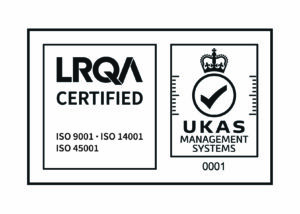What are vegetable oils
Vegetable oils are a natural product composed of various fatty acids obtained under pressure, providing numerous properties and uses, especially in sectors such as cosmetics and obtaining very effective natural cosmetic products.
Another outstanding advantage over other oils, such as essential oils, is that vegetable oils do not require certain precautions when using this type of oil.
How are vegetable oils obtained?
Vegetable oils are obtained from cold or hot pressing. On the other hand, they can also be obtained from extraction, but it is preferable to opt for cold-pressed vegetable oils.
Applications for vegetable oils
Uses in the cosmetics sector are usually as a prominent ingredient in the production of creams and homemade soaps. In addition, it is often combined with other oils to make products such as lotions or natural moisturizers for the skin.
We can also find vegetable oils such as coconut oil or linseed oil that are sold for the food sector.
Vegetable oils table
| ORIGIN |
LINSEED OIL |
COCONUT |
CASTOR OIL |
|
ANALISYS METHOD
|
UNITS |
LINOCYP C |
LINOCYP N |
LINOCYP B |
COCOCYP RNT |
RICYP F |
COLOUR
AOCS Td 1 a 64 |
GARDNER |
MAX. 13 |
MAX. 5 |
MAX. 13 |
MAX. 2 |
MAX. 4 |
ACID VALUE
ISO 660 |
mg KOH/gr. |
MAX. 4 |
MAX. 1 |
MAX. 5 |
MAX. 0,4 |
MAX. 3 |
SAPONIFICATION VALUE
ISO 3657 |
mg KOH/gr. |
188-195 |
188-195 |
185-195 |
250-265 |
175-185 |
IODINE VALUE
ISO 3961 |
gr.l/100 gr. |
MIN. 175 |
MIN. 175 |
MIN. 170 |
7-12 |
80-90 |
MELTING POINT
ISO 6321 |
º C |
– |
– |
– |
24-27 |
– |
REFRACTIVE INDEX
UNE 55015 |
a/at 20ºC |
1,479-1,484 |
1,479-1,484 |
1,479-1,484 |
– |
1,476-1,481 |
PEROXIDE VALUE
ISO 3960 |
meq/kg |
– |
– |
– |
MAX. 1 |
– |
| GAS CHROMATOGRAPHY |
ISO 5508/12966-2 |
|
|
– |
– |
– |
MAX. 1 |
– |
|
|
– |
– |
– |
4-9 |
– |
|
|
– |
– |
– |
3-8 |
– |
|
|
– |
– |
– |
42-52 |
– |
|
|
– |
– |
– |
16-21 |
– |
|
|
4-8 |
4-8 |
– |
7-12 |
1-3 |
|
|
2-6 |
2-6 |
– |
2-5 |
1-3 |
|
|
16-23 |
16-23 |
– |
6-10 |
4-7 |
|
|
13-18 |
13-18 |
– |
1-3 |
5-8 |
|
|
50-60 |
50-60 |
– |
– |
MAX. 2 |
|
|
MAX. 1 |
MAX. 1 |
– |
– |
– |
| RICINOLEIC ACID |
C-18:1OH |
% |
|
– |
– |
– |
– |
MIN. 80 |


